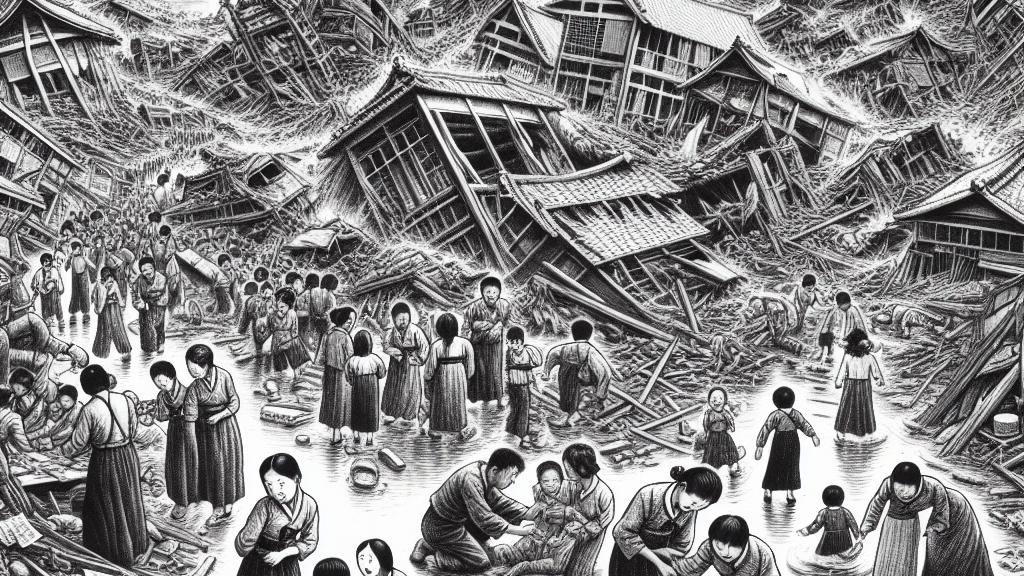Displacement and Exclusion during the Great Kanto Earthquake
Overview
- Examines the severe impacts faced by Korean students during the Great Kanto Earthquake.
- Explores the intense violence and systemic exclusion they experienced in the aftermath.
- Reflects on the historical lessons that emerge from this painful chapter in Japanese history.

The Unfolding Disaster of the Great Kanto Earthquake
On the shocking day of September 1, 1923, the Great Kanto Earthquake unleashed devastation across Tokyo and its neighboring regions. For around 1,000 Korean students studying abroad, this was not just a seismic event; it was an emotional and physical upheaval that disrupted everything. They found themselves ensnared in a whirlwind of panic where vital connections to their families back home were severed—financial support evaporated as remittances ground to a halt. With food supplies dwindling, it wasn’t uncommon for these students to be forcibly evicted from their living accommodations, leaving them to navigate an unfamiliar and hostile city without resources. The weight of uncertainty and fear compounded their struggle, rendering them not only victims of the earthquake but also of their precarious status in a foreign land.
Escalation of Fear: Violence and Scapegoating
As the dust settled, a tempest of fear brewed, resulting in rampant paranoia that engulfed Japanese society. Fueled by baseless rumors claiming Koreans were poisoning water supplies, violence erupted with chaotic fervor. People organized themselves into makeshift militias, allowing fear to cultivate a culture of hostility. While some Korean students, armed with the advantage of speaking Japanese, managed to escape the worst assaults, countless others were not so fortunate. They endured harrowing experiences—beatings, lynchings, and public humiliation at the hands of enraged mobs influenced by panic. It's haunting to consider how quickly a community can turn against its own—essentially neighbors becoming enemies in a frenzy of misguided vigilante justice. The historical record shows that these acts left deep scars that extend well beyond the physical.
Crucial Lessons: From Division to Unity
Reflecting on this tumultuous time reveals the imperative nature of compassion within society. The narratives surrounding the Korean students teach us that in moments of collective anxiety, we must choose between exclusion and embrace. This chapter in history resonates painfully with later events, such as the Woodumo Incident, where racial dynamics similarly spiraled into violence. To disregard these lessons would be to ignore the realities that, even today, we can easily find ourselves repeating. We must strive to challenge the instinct to scapegoat and foster a sense of community resilience instead. The legacy of the Kanto Earthquake shows us that, though tragedy befalls communities, it can also sow the seeds of solidarity and understanding—if we choose to learn from past mistakes.

Loading...